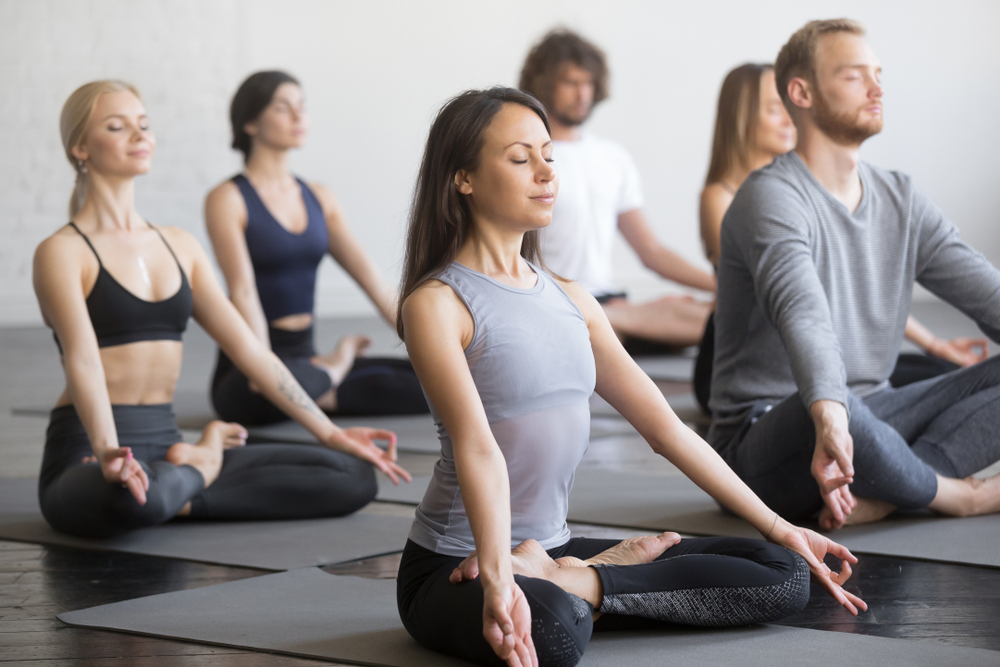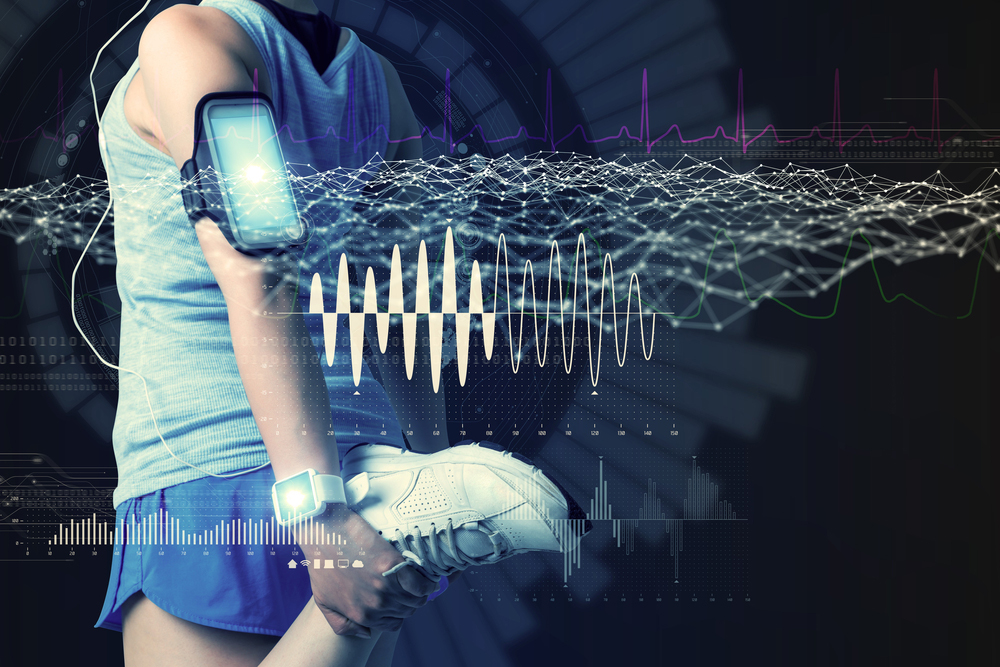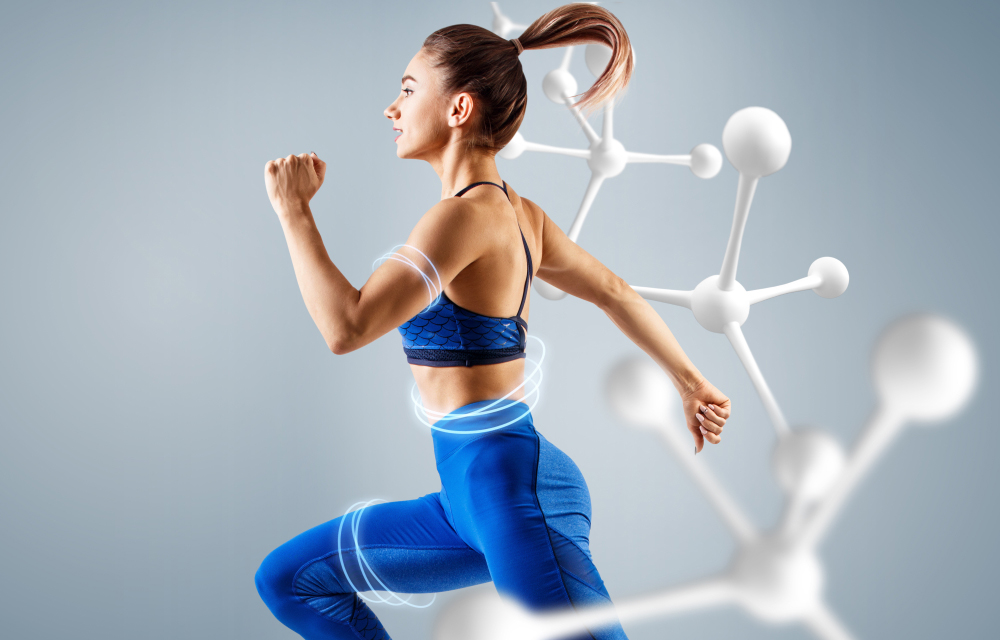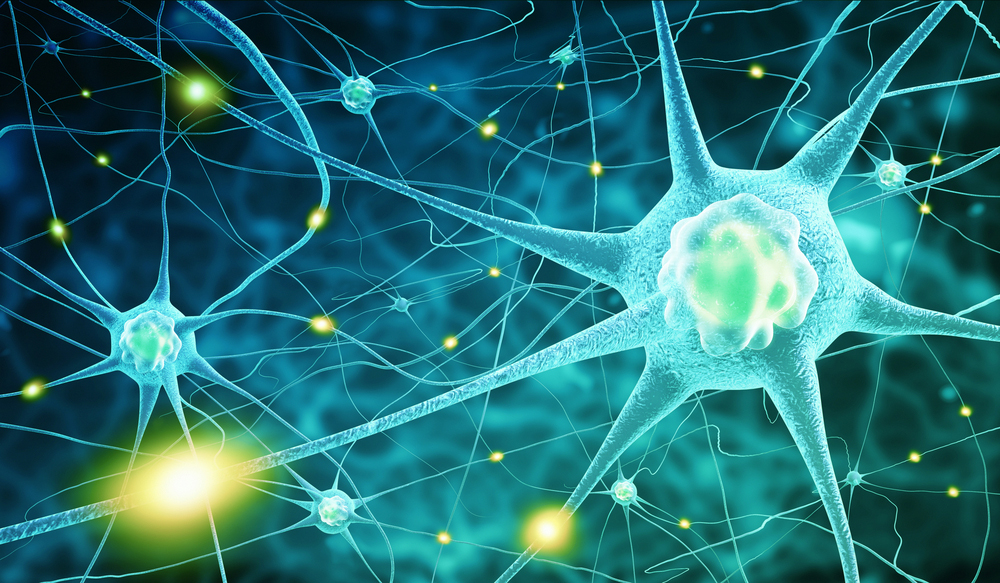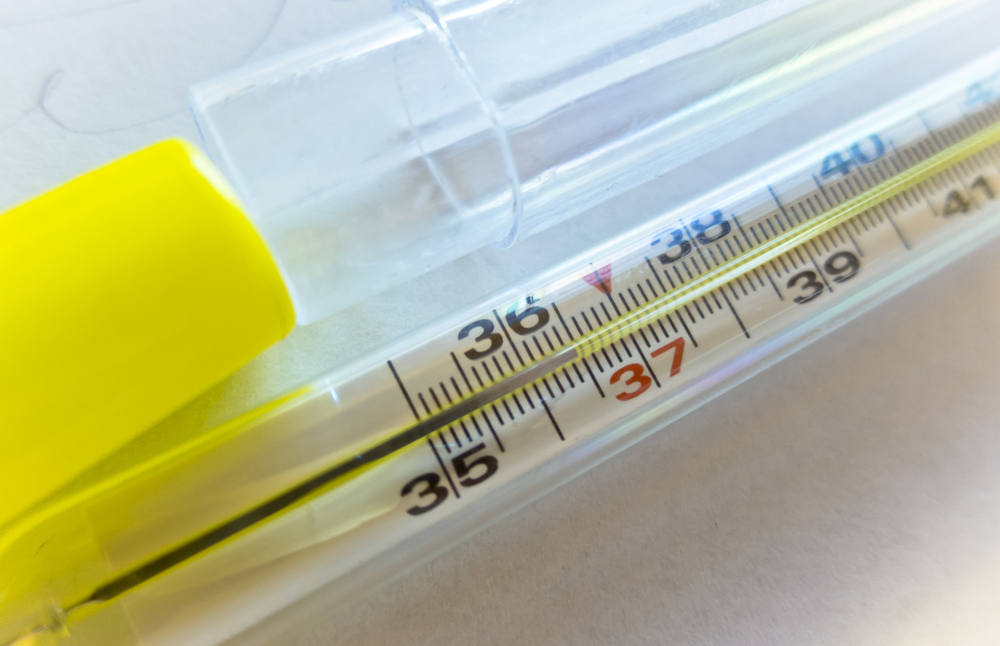Since the benefits of altitude training have been recognised, many athletes have been using it to improve their performance. Altitude training not only increases the production of erythropoietin (EPO), which stimulates the production of red blood cells, but also helps to transport oxygen into the bloodstream, which is related to the improvement of VO2Max.
Similarly, studies have shown that the level of training of the ventilatory muscles limits the flow of oxygen, both in sedentary people and in athletes. Training of the inspiratory muscles does not improve VO2Max any more than conventional training. However, they do significantly improve the ventilatory threshold and workload. So, how can we improve our body's capabilities during high altitude performance?
The effectiveness of altitude masks
In order to help athletes during training at high altitudes, so-called altitude masks have been introduced. These masks have the ability to improve the MVA (Maximum Aerobic Speed).
According to enthusiasts, these masks can reproduce the effects of training at altitude. These accessories wrap around the mouth and nose and allow for improved ventilation resistance through a few openings blocked by adjustable valves.
Proven results
The effects of altitude masks have been proven by American researchers. They undertook their experiment on a group of 24 students (16 men and 8 women) from La Crosse University. For 6 weeks, the scientists asked the participants to perform split sessions twice a week.
These sessions consisted of performing sets of 10 repetitions of 30 seconds at high intensity.
The participants were divided into two sections. The first group was asked to perform fractional sessions without wearing a mask, and the second group performed all exercises with the mask on. The participants were monitored before and after the 6 week experiment.
They were asked to perform a progressive maximal cycling test to determine their aerobic power. Rigorous lung efficiency tests and blood tests were also performed.
The results of this experiment showed that both groups were able to improve their performance. However, those who wore masks gained more pedalling power at threshold.
Limits to the effectiveness of altitude masks
The study conducted by the American researchers showed satisfactory results, but these positive performances were not linked to the solicitation of red blood cells.
Therefore, altitude masks are only interesting for varying training sessions. They do not have a direct effect on the improvement of training capacities at altitude.
These masks are beneficial for strengthening the ventilatory muscles. They make them much more enduring. But from an overall point of view, they are not enough to improve resistance to hypoxia.
What about VO2Max?
We know that training at altitude increases VO2Max. And conversely, to improve performance at altitude, the VO2Max must already be quite good. This means that VO2Max has a positive effect on the ability to train at altitude.
What is VO2Max?
First of all it is useful to know what VO2Max is and what role it plays in training sessions.
Our muscles need oxygen when we exercise. With this oxygen, the energy stored in the form of glycogen is converted into energy that can be used by the muscle fibres. The lungs supply oxygen through breathing. The red blood cells, i. e. the blood, will then transport the oxygen to the muscles.
The VO2Max or "Maximum Volume (V) Oxygen (O2)" is the maximum oxygen consumption that the body uses during intense physical effort. In other words, VO2Max is the maximum amount of oxygen that our body is capable of extracting from the air and transporting to the muscle fibres during exercise.
The VO2Max is a kind of indicator that tells the athlete his or her level of fitness and endurance. The higher the VO2Max, the more the athlete is able to intensify his physical efforts. The maximum oxygen consumption is measured in millimetres per minute. To simplify the comparison of VO2Max between individuals, it is often measured per unit of body mass. It is therefore expressed in millimetres per minute per kilo: ml/min/kg.
VO2Max and anaerobic threshold
Many people still confuse the terms VO2Max and anaerobic threshold. Maximum oxygen consumption indicates aerobic power potential. To simplify, this is the maximum threshold where the energy pathway engaged is primarily aerobic at the same time as oxygen use.
This potential is in fact never fully utilised. Only a part of it is, depending on the intensity of the training adopted. For example, a person who is not involved in sports will only use 50% of the VO2Max. Above the anaerobic threshold, the anaerobic pathway is activated to produce waste products in the blood, blood lactates. These lactates will then be collected to prevent the muscles from functioning. This strongly affects sports performance.
The anaerobic threshold is the level of VO2Max where the emission of lactates and their evacuation by the body is stable. If the level is below this threshold, the anaerobic pathway is used, but on a smaller scale.
Can you improve your VO2Max?
Factors that affect VO2
There are several factors that affect VO2Max. These factors are generally linked to the lifestyle of the person. For example:
- Age
- Sex
- Muscles
- Blood oxygen transport
- Peripheral circulation
- Ventilation in the lungs
How to improve VO2Max?
It is possible to improve your VO2Max. Specific training can improve it by 15 to 30%. These training sessions are based on core and split exercises.
Core training, also known as fundamental endurance training, consists of training at low intensity but over a long period of time. This type of training increases the number of capillaries feeding the muscles and thus increases the VO2Max.
Fractional training or anaerobic alactic training consists of intense exercises of short duration. Recovery time and work time are identical in this type of training. However, the exercise time must be shorter than the recovery time in order not to exceed the alactic anaerobic zone. This is how the flow of oxygen carried increases.

